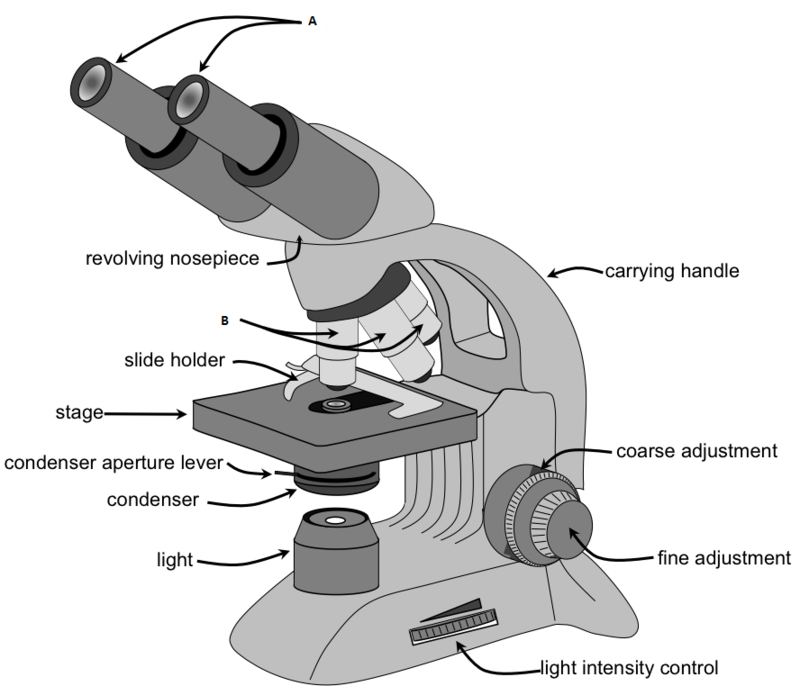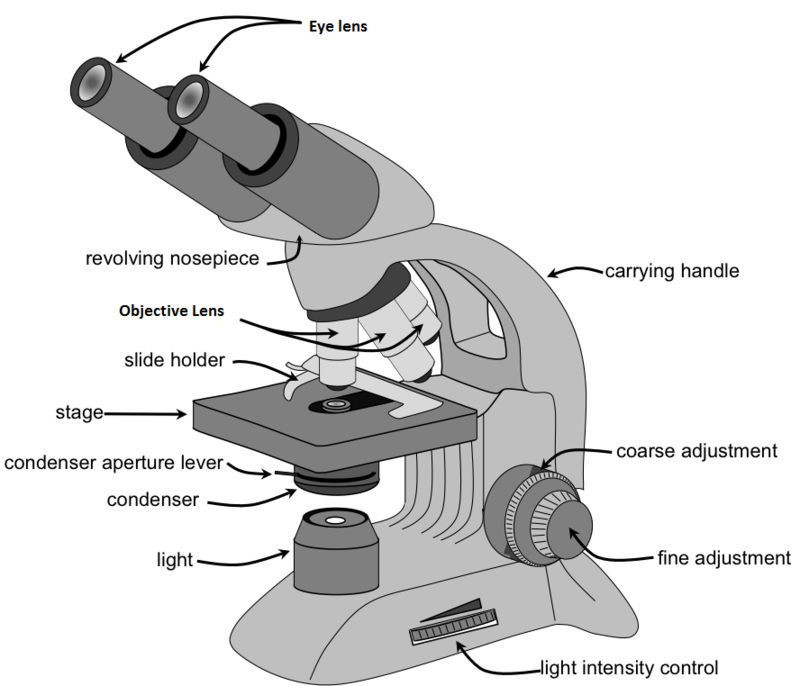9th Grade > Biology
THE FUNDAMENTAL UNIT OF LIFE MCQs
:
A
Viruses do not have a cellular machinery. They behave as non-living particles outside their host cell but start reproducing and multiplyingonce they enter their host.
Hence, they form the bridge between living and non-living.
:
A
Cells modify themselves according to the function theyperform. Therefore, different cells have different shapes. For example, nerve cells have long processes called axons, asthey have to carry information to long distances.
:
A
Genes are the functional segments of DNA. They are the smallest units of DNA which determines a particular traitof an organism.
The main function of DNA at a molecular level, is to signalthe ribosomes to form proteins.
:
C
Ribosomes are small structureswhich are either found in a free state, floating in the cytoplasm or attached to the rough ER, giving it a rough appearance. These ribosomes, which are present in both prokaryotic and eukaryotric cells, are the site of protein synthesis.
:
B
Cells are the basic structural and functional unit of life as they are the smallestunit which can be called living. One complete cell is capable of performing all the physiological activities. Cells combine to form tissues, which are a collection of cells performing a similar function. Tissues combine to form organs and organs combine to form anorgan system. Many organ systems together form an entire individual or organism.
:
B, C, and D
Unicellular organisms, such as amoeba, paramoecium, yeast, etc., consist of a single cell. All the vital processes such as nutrition, digestion, excretion, reproduction, etc., are carried out by the single cell. Hydra, on the other hand, is an organism that is made up of multiple cells.
:
C
Diffusion is the process of spontaneous movement of a substance from a region of high concentration to a region where its concentration is low.
Movement of substances across small distances in a cell takes place through diffusion. Osmosis is a special case of diffusion
through a selectively permeable membrane.
:
B
Lysosomes are called the 'suicide bags' of the cell. They contain digestive enzymes that break down wastes, foreign substances and cellular debris. Apart from these, lysosomes also digest cells by their own protein-digesting enzymes, leading to cell death.



















